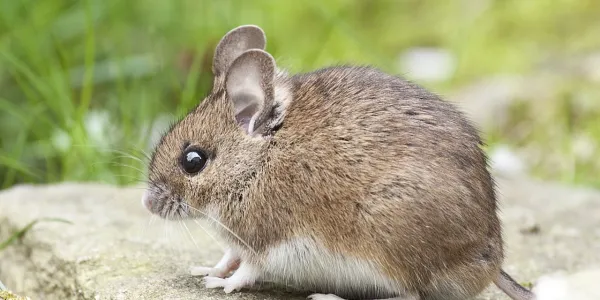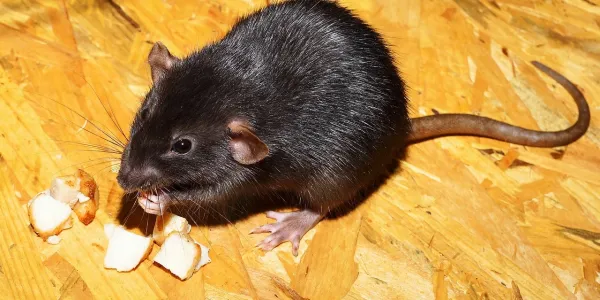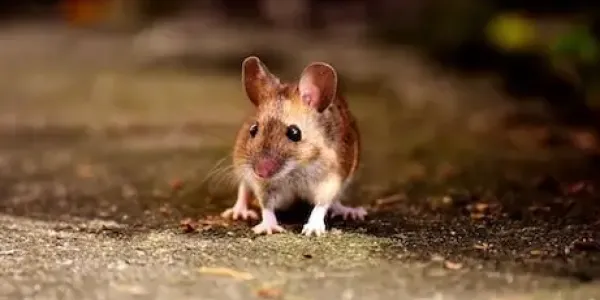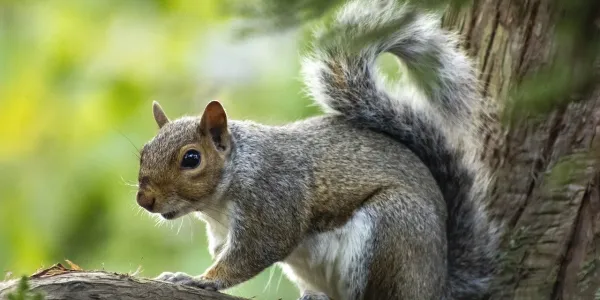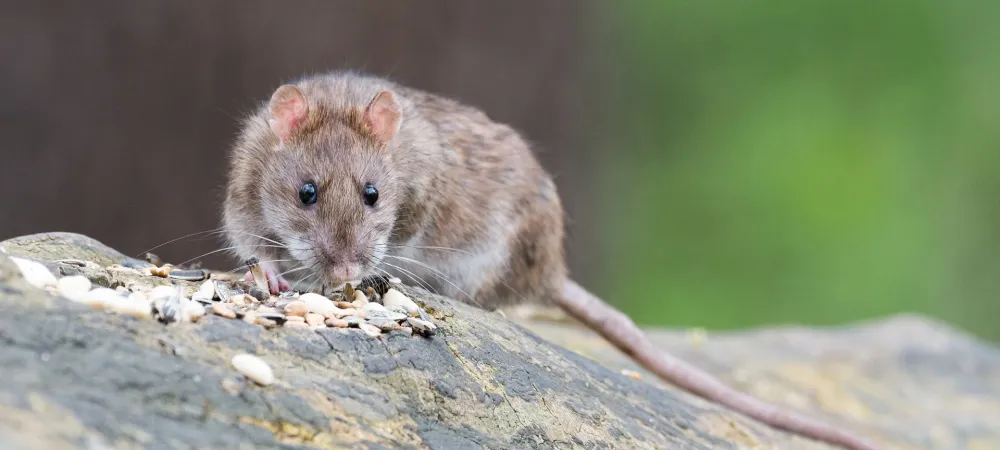
Common Winter Rodents in Alabama
When temperatures drop in Alabama, rodents look for warm, safe places to nest—and homes are often their first choice. The most common winter rodents in Alabama include house mice, Norway rats, roof rats, deer mice, wood rats, and even squirrels. Each species has distinct behaviors and appearances, but all can cause damage and spread health risks if left unchecked.
What Are Winter Rodents?
Winter rodents are small mammals that seek shelter indoors during colder months. In Alabama, species like house mice, Norway rats, roof rats, deer mice, wood rats, and squirrels are especially active. According to the CDC, rodents are known carriers of diseases, and their chewing habits can damage insulation, wiring, and stored items. Understanding which rodents are common in winter helps homeowners spot early warning signs and take preventative action.
Key Benefits of Rodent Awareness
- Protecting your home from damage. Rodents chew wires, wood, and insulation, which can create fire hazards and costly repairs.
- Reducing health risks. Rodents spread diseases such as salmonella, hantavirus, and leptospirosis through droppings and urine.
- Improving pest control effectiveness. Identifying the specific rodent species helps tailor treatments and prevention strategies.
Common Winter Rodents in Alabama
House Mice
What is a house mouse?
The house mouse (Mus musculus) is the most common indoor rodent in Alabama. It thrives in homes, garages, and barns, especially during colder weather.
Where do house mice come from?
They enter through tiny gaps as small as a dime, often near foundations, pipes, or vents. Once inside, they build nests in walls, attics, and storage boxes.
What do house mice look like?
They are small—about 2.5 to 4 inches long—with gray to light brown fur and lighter bellies. Their tails are long and nearly hairless.
Norway Rats
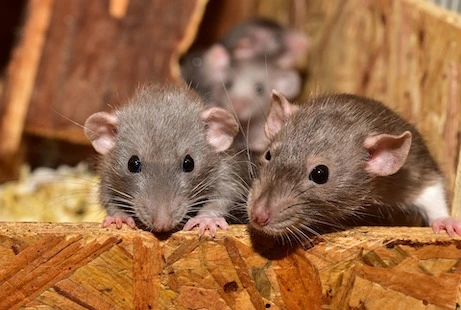
What is a Norway rat?
Also known as brown rats, Norway rats (Rattus norvegicus) are large rodents that typically nest in basements, crawl spaces, and lower parts of structures.
Where do Norway rats come from?
They prefer burrowing and are often found around foundations, woodpiles, and trash areas before moving indoors for warmth.
What do Norway rats look like?
They measure 7–9 inches long (excluding the tail), have blunt noses, small ears, and tails shorter than their bodies.
Roof Rats
What is a roof rat?
Roof rats (Rattus rattus), also called black rats, are agile climbers that prefer high spaces such as attics and rafters.
Where do roof rats come from?
They enter homes through rooflines, vents, and overhanging trees. They are more common in southern Alabama where winters are milder.
What do roof rats look like?
They are sleeker than Norway rats, with pointed noses, large ears, and tails longer than their bodies.
Roof Rat vs. Norway Rat
- Size: Norway rats are stockier (7–9 inches), while roof rats are slimmer (6–8 inches).
- Tail length: Norway rats have shorter tails than their bodies, while roof rats’ tails are longer.
- Nesting habits: Norway rats burrow and stay low; roof rats climb and prefer attics or rafters.
- Appearance: Norway rats have blunt noses and small ears; roof rats have pointed noses and larger ears.
Recognizing these differences helps determine the best prevention and control strategies.
Deer Mice
What is a deer mouse?
Deer mice (Peromyscus maniculatus) are less common indoors but may invade sheds, garages, or storage areas in winter.
Where do deer mice come from?
They typically nest outdoors in hollow logs or brush but will move inside if conditions become harsh.
What do deer mice look like?
They have two-toned coloring: brownish on top with white bellies and feet. They are smaller than house mice, averaging 2–4 inches.
Eastern Gray Squirrels
What is an Eastern gray squirrel?
Though not always thought of as household pests, squirrels often become winter intruders when they move into attics.
Where do gray squirrels come from?
They nest in trees during warmer months but will chew through soffits, vents, or shingles to access indoor shelter in winter.
What do gray squirrels look like?
They are larger than rats, with gray fur, bushy tails, and a body length of 9–12 inches.
How to Prevent Winter Rodents in Alabama
- Seal gaps larger than ¼ inch around foundations, doors, and windows.
- Store food in sealed containers and clean up crumbs immediately.
- Trim trees and shrubs away from your roofline.
- Keep firewood and debris piles at least 20 feet from your home.
- Schedule seasonal rodent inspections with a professional.
Common Mistakes to Avoid
- Ignoring small openings. Even tiny cracks can let rodents inside. Seal them with steel wool and caulk.
- Leaving pet food out overnight. This is a strong attractant for house mice and rats.
- Skipping attic inspections. Roof rats and squirrels often go unnoticed until damage is extensive.
Frequently Asked Questions
Do rats hibernate in Alabama?
No, rats remain active year-round. In winter, they simply move indoors for warmth and food.
Which rodent is the biggest problem in Alabama homes?
Norway rats and roof rats cause the most significant issues because of their size, chewing habits, and ability to spread disease.
Are squirrels considered rodents?
Yes, squirrels are technically rodents. While many people view them differently, they can cause similar damage if they nest in homes.
Professional Rodent Control in Alabama
If you suspect rodents are invading your home this winter, the experts at Pest Pro Services can help. From identifying the species to sealing entry points and applying targeted treatments, professional control ensures your home stays protected year-round. Contact us today to schedule your rodent control service and keep your home safe from unwanted guests.

